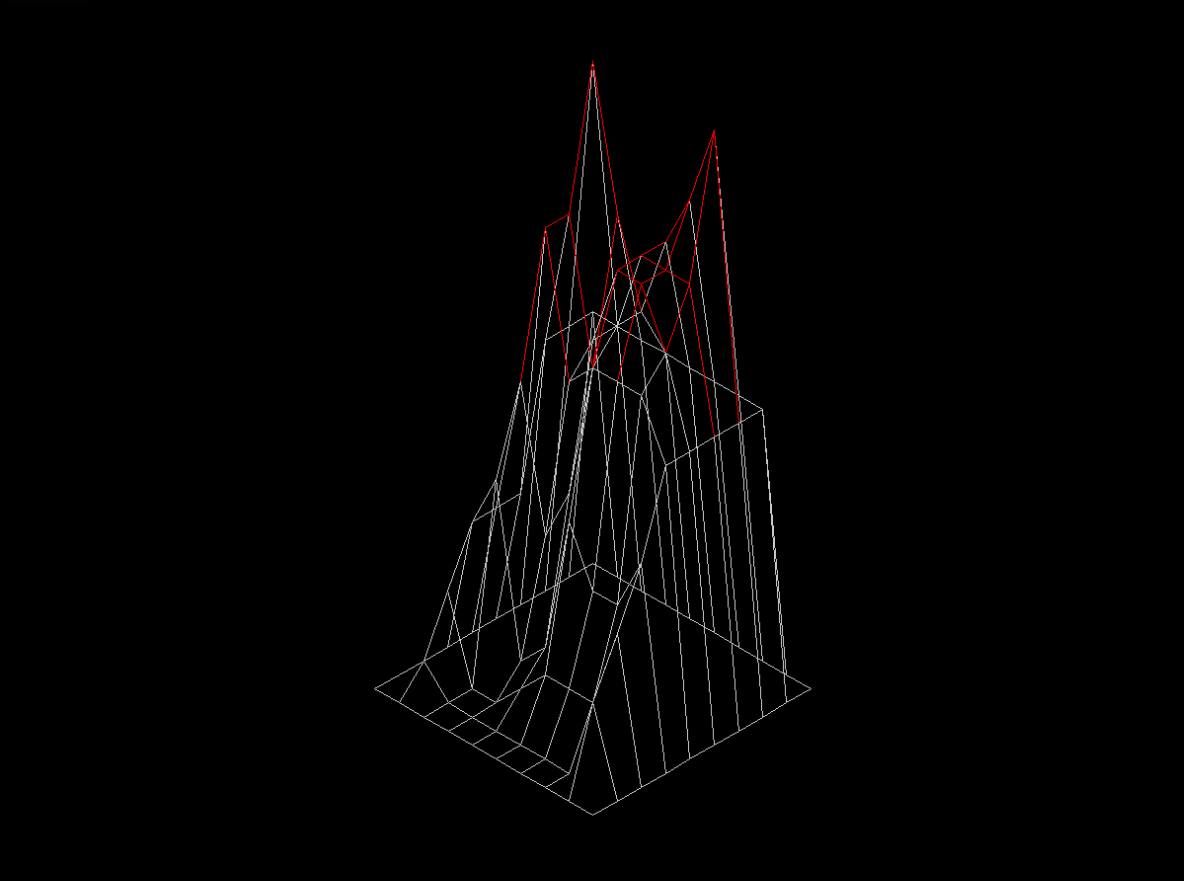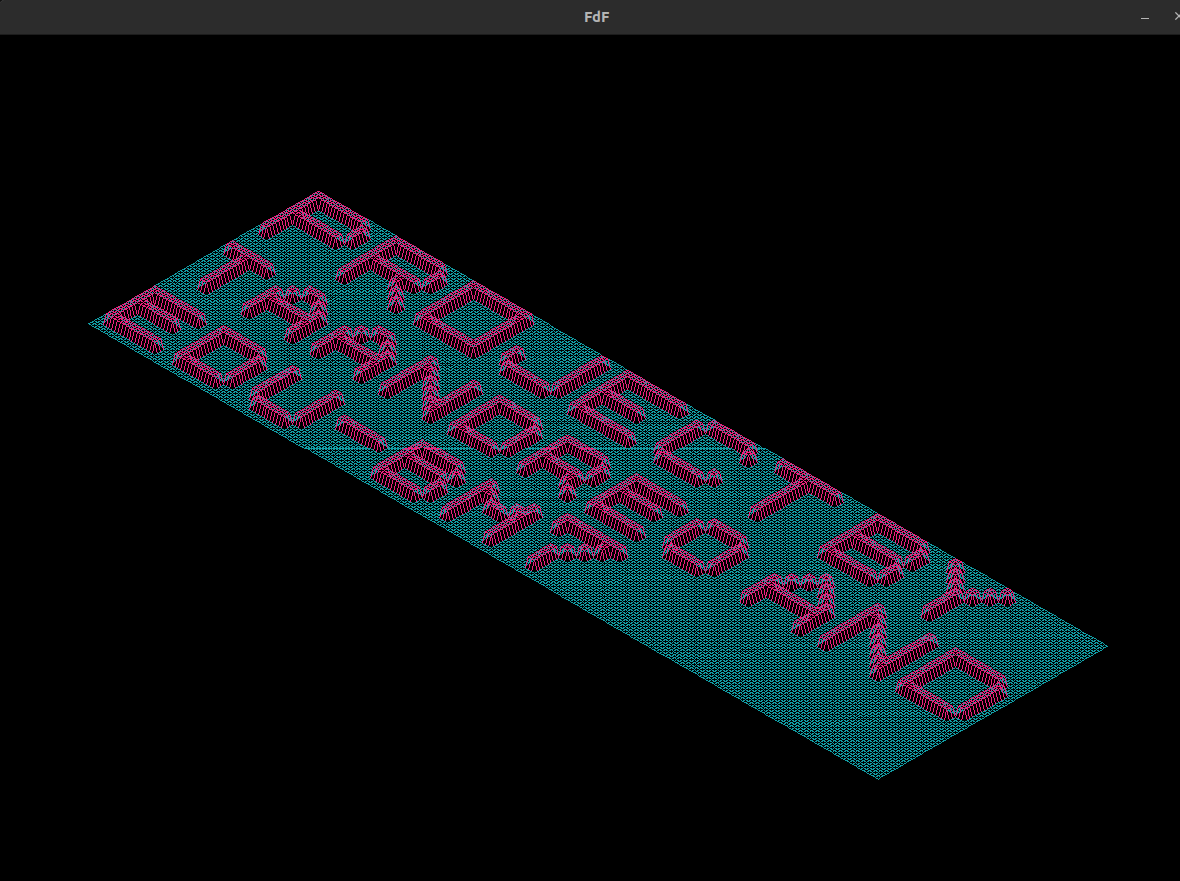Link: github.com/edu-bm7/FdF
The FdF, undertaken as part of my educational journey at 42 São Paulo, involved the creation of an isometric projection of a map within an X11 window. Essentially, transforming flat maps into 3D-like views on a 2D screen. For this, I utilized the MiniLibX library, a lightweight and versatile X-Window (X11R6) API in the C programming language.
Challenges and Achievements:
The project presented several challenges, the most notable being the implementation of the Bresenham Line Algorithm. This algorithm, while seemingly straightforward in its purpose of drawling lines on a screen, involves complex logic and was crucial for the success of the project. Additionally, the execution of matrix multiplication to accurately transform x, y, and z coordinates from a matrix into an isometric projection. This required a deep understanding of computer graphics principles and mathematical concepts, contributing to my skill set as a software engineer.
Incorporating Color Support:
An additional accomplishment was the successful integration of color support, enhancing the visual appeal and functionality of the project. This not only expanded the project's capabilities but also demonstrated my ability to incorporate advanced features into complex software solutions.
Collaborative Efforts:
In addition to the FdF project, I had the opportunity to collaborate with a colleague on developing a command-line interface(CLI) program in Go called "fdfgen." This tool was instrumental in generating FdF maps for testing and demonstrating the effectiveness of our software solutions.

